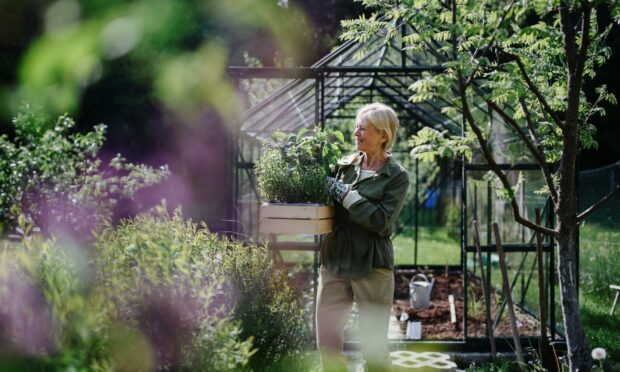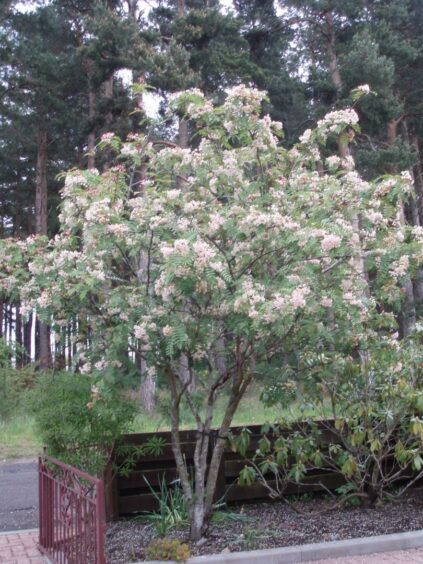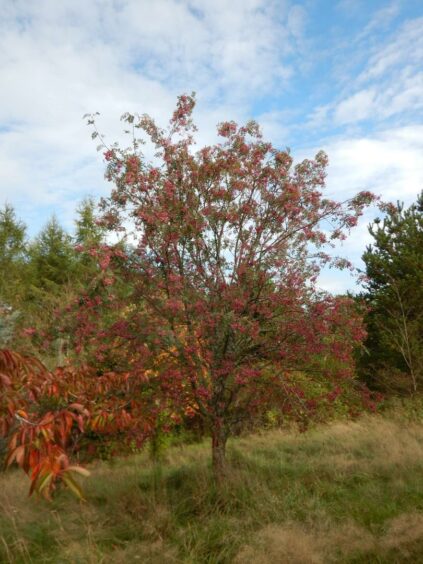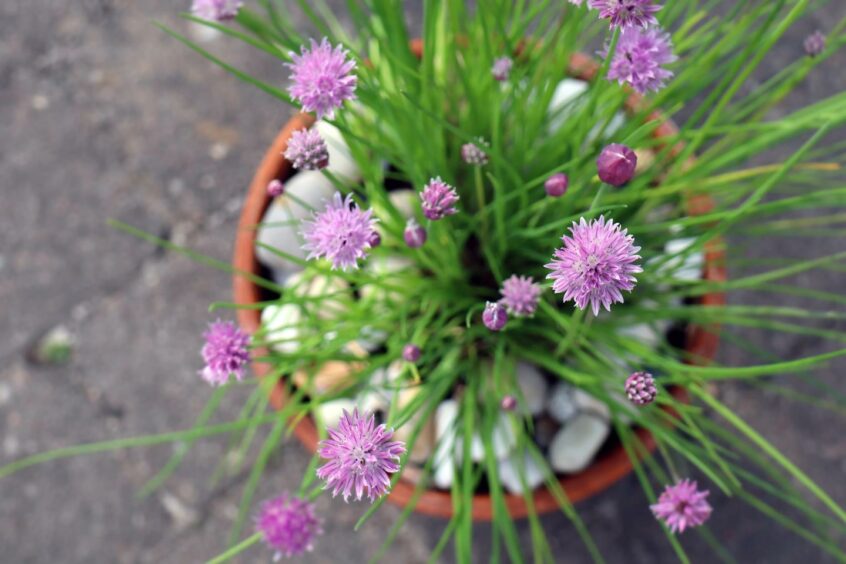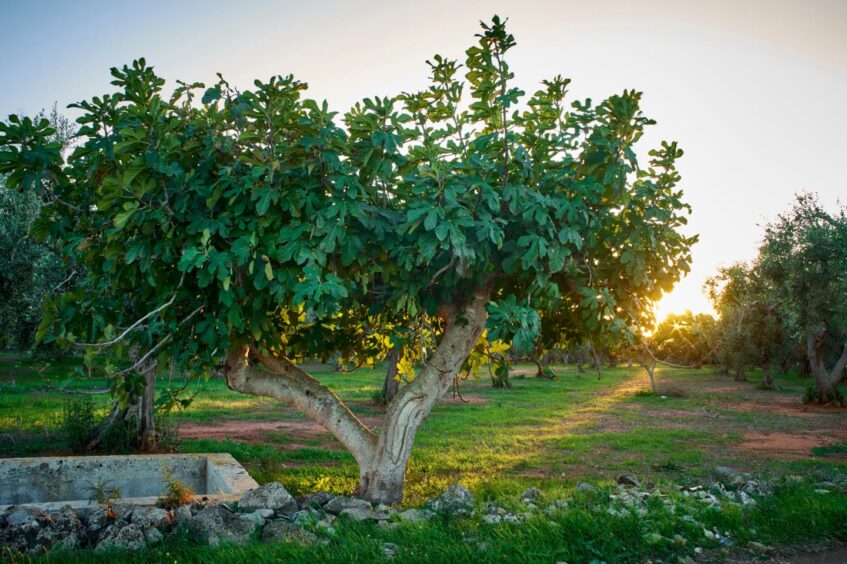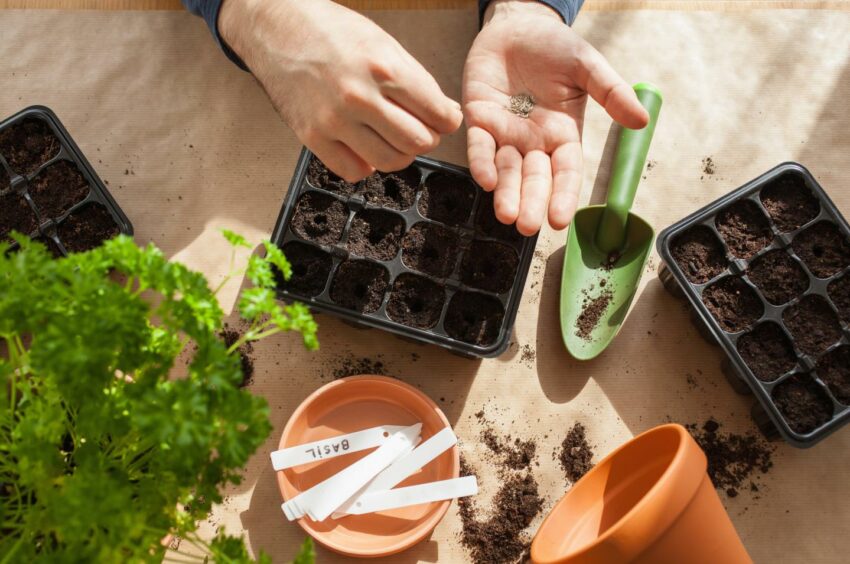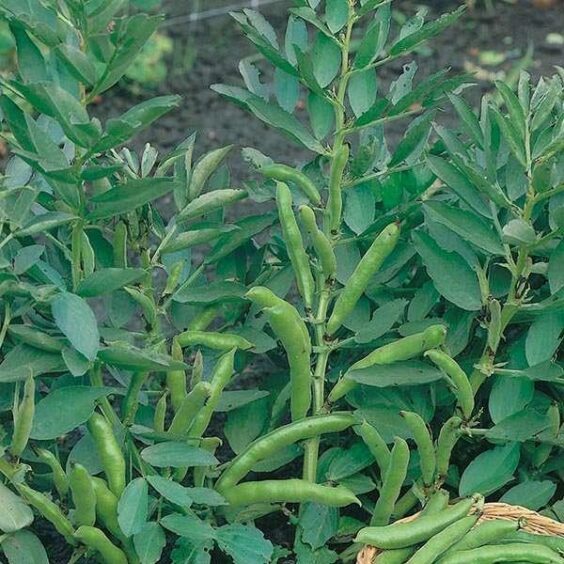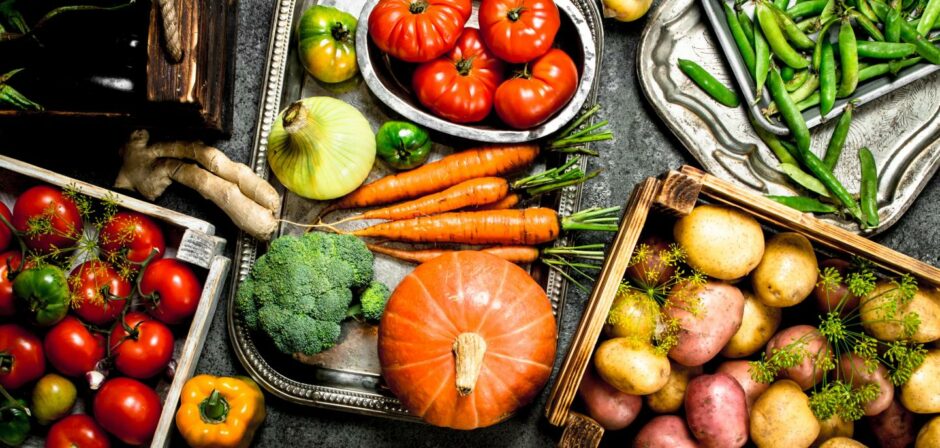Answer a question one week and as sure as anything, another in the same vein will follow.
Last week, writing about Chestnut Trees, I dealt with the subject of provenance – a plant’s history, in particular, the climate and weather conditions where it was first discovered, in other words, its native home.
Checking the provenance of any plant will help to assess if it can be grown successfully in your garden.
I should add a PS to that remark.
Characteristics
From many of the originals, over the years, gardeners have observed and selected plants that have different, sometimes unique growth variations.
They will then multiply them using vegetative propagating techniques NOT using any seed they may produce.
By using grafting/cuttings etc they will retain the exact characteristics like coloured leaves, smoother bark, more condensed growth and so on. In other words, it is literally taking ‘a chip off the old block’.
These plants may carry a more complicated name BUT they will still have the same basic soil and weather requirements as the original.
Here’s an example, known to many – the Rowan tree.
Family name Sorbus comes first, followed by the specific name aucuparia, (we humans do it the other way round) then we can then look for others in the same family, for example Sorbus aucuparia ‘Edulis’ which has larger leaves, heavy bunches of large, sweet edible fruits.
Check the name
We tend to use common names of course but they may vary in different parts of the country. If in doubt check the botanical name.
‘Nuff botany for now.
Next question please. “Can I grow a fig tree in my garden?” asks a chum along the road in Oldmeldrum.
The simple answer is YES but then comes the follow-up: “Will it fruit successfully, just like my James Grieve apple tree?”
Answer – maybe.
This is actually the key question.
Will it fruit?
It is not just about planting a fig tree to watch it grow successfully, in an Oldmeldrum garden, the answer to that is – yes, I think it will thrive but then comes the critical follow-up.
“Will it produce a crop of fruit?”
Last week I commented that the Horse Chestnut tree was shown to be suitable for growing in the UK, though it is not a native.
Its provenance tells us that it originated in the Balkans – same latitude etc.
Coincidentally, the fig variety Violetta also comes from that airt.
Decision made, let’s move on. The best way to grow the Violetta fig successfully is to start by planting it in a large porous clay pot.
For a couple of years or so it can spend the summer and autumn outdoors but given some protection in a glasshouse, porch, shed, during the dormant season.
There is much to be said for keeping it in the pot when planted outdoors, with the pot sunk in the ground.
The purpose being to restrict the root growth.
Transplanted out of the pot into open ground after a year or two, a fig tree will be inclined to ‘grow like the clappers’ putting all the energies into vegetative growth. This is known to happen with some tree fruits, plum for example.
Ideal location
Basically, when well fed, in a quality bit of ground, they can become over-vigorous at the expense of fruiting.
In these northern parts, just like cherries, a free draining site at the bottom of a 2m high wall, facing south would be an ideal location, even if you wish to sink the pot in open ground.
Why? The soil will tend to warm up and dry out quickly coming out of winter whilst the wall acts like a radiator encouraging healthy early growth.
At the other end of the growing season, new fruit buds will have formed for the following year as the vegetative growth matures ahead of the dormant season.
Figs can produce more than one crop per year given a long growing season, say, on the south coast of England but not in these parts.
Why? Maybe our weather conditions will improve but day length will remain the same, regardless of climate change, that could be a limiting factor.
Like most gardeners, I am conscious of the need to be ready for seed sowing and propagation of plants for outdoor planting in the coming months so I am preparing my little lists – seed sowing compost, labels, the range of seeds required – including any changes to the varieties used last season.
Comments from the kitchen are added, like “that’s the last of the broad beans, they were very tasty”.
I don’t have room for trials nowadays so I stick to the ‘tried and tested’. The broad bean for 2022 will be the Sutton.
